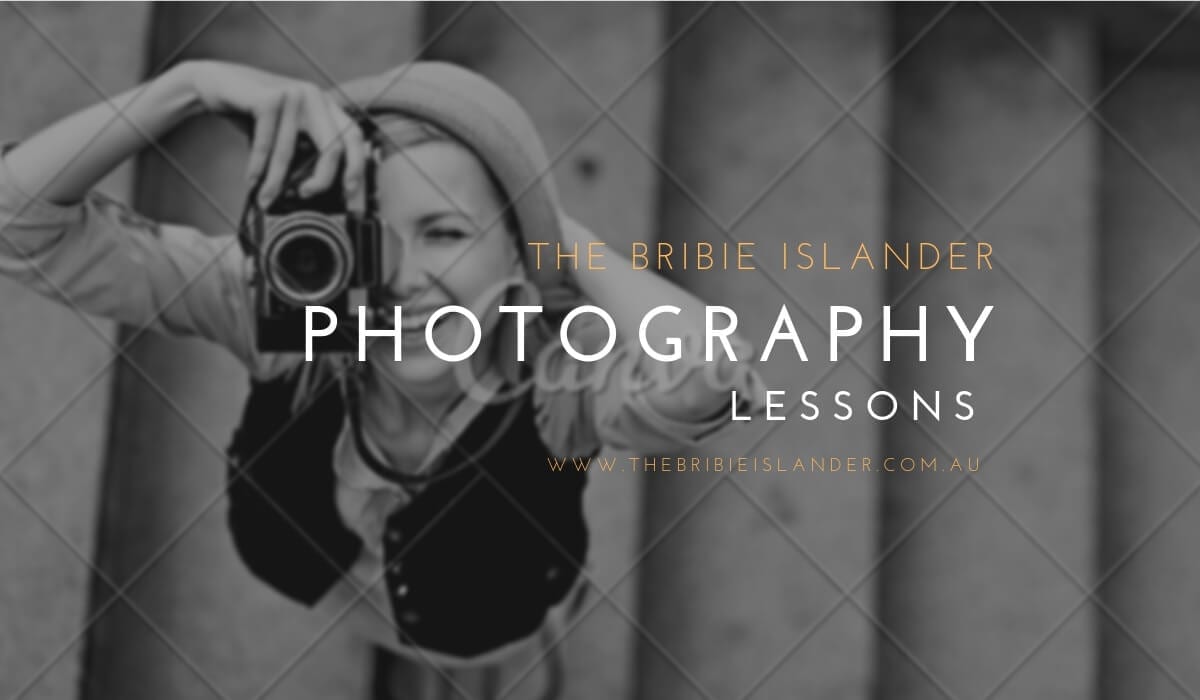Tags: How to become a photographer. Photography tutorial. Lessons
(Not a professional photographer but just an experienced learner)
Even though photography is an ART, besides knowing your DSLR camera (and, sometimes, besides knowing your compact one, or, even, your smartphone) you might need some technical know-how. This tutorial has no aim other than to help the beginners. For deeper learning, please consult the Internet.

The photos were taken at the Jetty (Bongaree). This photo is missing some light.(above)
This image has the proper light. (below)

INTRODUCTION: MAIN CONCEPTS
1.- Light
2.- Composition
3.- Message
4.- Edition
Definitions:
1.- Without light, there is no image, no photography. It means that to take any photo you need light and, to obtain a good pic, you need to control that light.
2.- The composition shows your arty side. Nevertheless, even if it’s a very personal point of view, you must know some tips.
3.- The message is what you really want to show. You must know how to transmit it properly.
4.- Normally, to heighten your photos, you need to edit them. The editing allows you to complete or to improve them. In a certain way, it’s your darkroom.
Step by step, I’ll try to explain and develop these matters in the simplest way.
Note: I remind you that the cameras we are considering here are the DSLR ones, digital single-lens reflex camera, (those which lenses can be changed). Nevertheless, some of the matters which will be described here can be applied to compact cameras and smartphones too.
LESSON 1:
LIGHT
In photography, light is the first and most important of the concepts. Let’s first remind which are the main parts of a camera (see the picture below):
 1.- Lens (even if it’s not a part of the camera) (B on the figure)
1.- Lens (even if it’s not a part of the camera) (B on the figure)
2.- Diaphragm (built-in the lens) (C)
3.- Shutter (built-in the camera) (F)
4.- CCD sensor (built-in the camera)
(G) We could compare these devices to our eyes: the diaphragm would be the pupil, the shutter the eyelids and the CCD sensor the retina.
Why can we see a scene?
Because it’s illuminated. If the light disappears, we wouldn’t see it. It means that the image we capture with our camera is light, only light. That’s why it’s so important to handle properly the amount of light we want to use. Normally, we consider that too much light gives an overexposed image and not enough light an underexposed picture. A right picture needs a right light, a right exposure.
What happens when we press the shutter release button?
The button releases a 45º leaning mirror built-in the camera and opens the SHUTTER. The image of the scene -the light- goes into the lens, crosses the hole of the DIAPHRAGM, crosses the SHUTTER and, finally, it’s registered in the CCD sensor and goes directly to the memory card. The intensity of the exposure depends of the APERTURE of the diaphragm (the diameter of the hole), the SPEED the shutter flips up and down and the SENSITIVITY of the CCD.
Note: When the mirror and the shutter are not released, they protect the CCD sensor from the light. The mirror allows us to watch the scene through the viewfinder or the back screen.
It appears then three important topics:
1.- The APERTURE (of the diaphragm)
2.- The SPEED (of the shutter)
3.- The SENSITIVITY (of the CCD sensor)
You can contact Victor Pérez Pérez at victor. [email protected]
NEXT ISSUE:
Photography tutorial lesson 2 & 3
Other Articles
